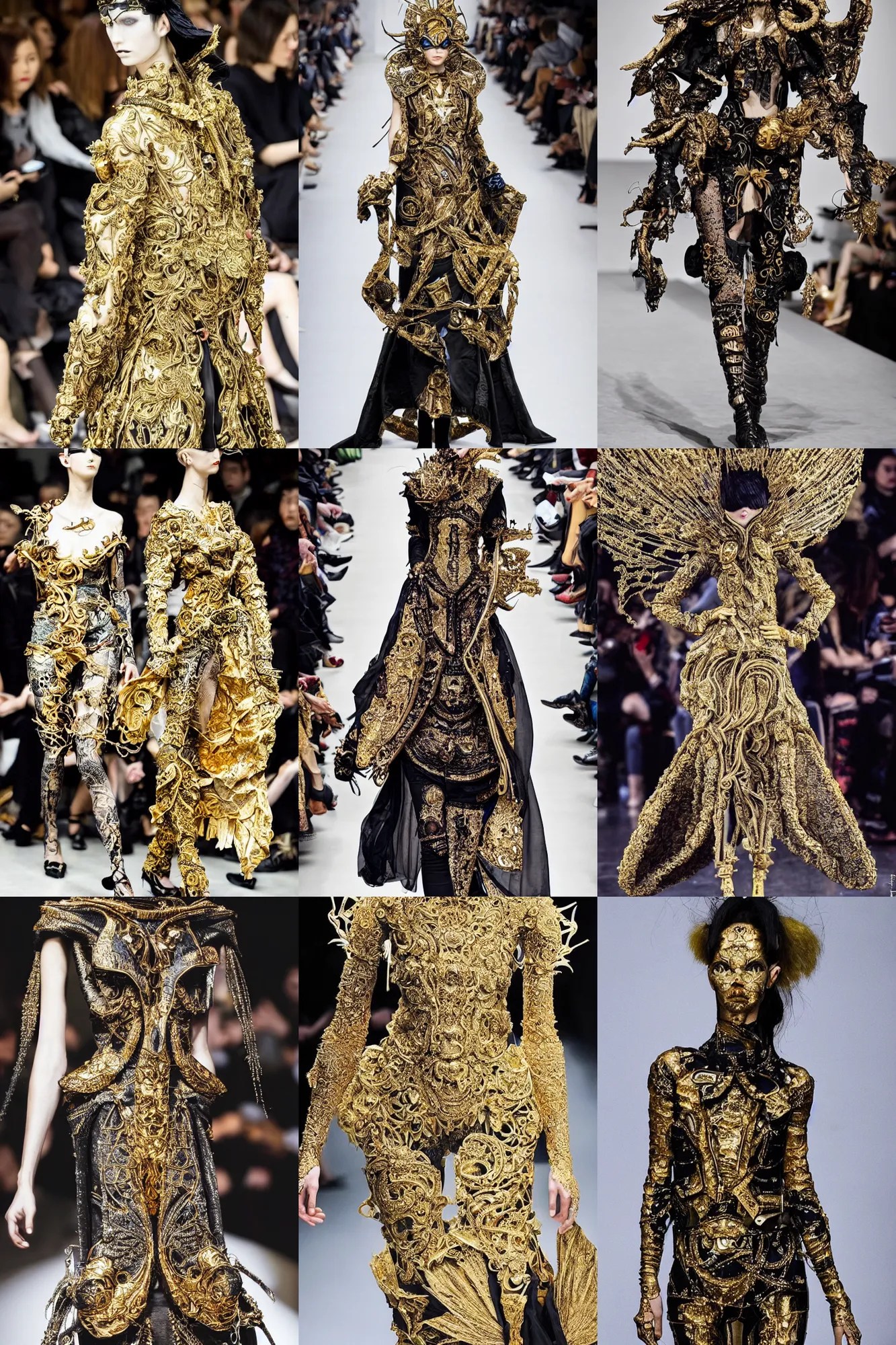Exploring The Depths Of DTI Avant Garde: An Artistic Revolution
DTI Avant Garde is not just a phrase; it embodies a movement, a philosophy, and an artistic revolution that transcends traditional boundaries. This concept has sparked the imagination of countless artists, designers, and thinkers, pushing them to explore new realms of creativity. In a world where conformity often reigns, DTI Avant Garde encourages individuals to step outside their comfort zones and embrace the unconventional. It serves as a beacon for those willing to challenge the status quo and redefine what is possible in the realm of art and design.
As we delve deeper into the essence of DTI Avant Garde, it is essential to understand its roots and the influences that have shaped this dynamic movement. From the avant-garde movements of the early 20th century to the modern interpretations we see today, DTI Avant Garde is a culmination of various artistic expressions that reflect the complexities of contemporary society. Through innovative approaches and bold ideas, artists are able to communicate their visions, inviting audiences to engage in thought-provoking dialogues about life, culture, and identity.
In this article, we will explore the multifaceted dimensions of DTI Avant Garde, examining its historical significance, key figures, and the impact it has had on the art world and beyond. What makes this movement so compelling? How has it evolved over time? Join us as we navigate the intricate landscape of DTI Avant Garde and uncover the answers to these pressing questions.
What is the Historical Context of DTI Avant Garde?
DTI Avant Garde has its origins in the avant-garde movements that emerged in the late 19th and early 20th centuries. Artists began to reject traditional forms and norms, seeking instead to create works that were revolutionary in nature. This shift was characterized by a desire to explore new ideas, techniques, and materials. Over time, DTI Avant Garde has evolved, incorporating elements from various disciplines, including visual arts, literature, music, and fashion.
Key Figures in the DTI Avant Garde Movement
Many influential artists and thinkers have contributed to the development of DTI Avant Garde. Some of the notable figures include:
- Marcel Duchamp - Known for his provocative installations and conceptual art.
- André Breton - The founder of Surrealism, who sought to unlock the creative potential of the unconscious mind.
- Pablo Picasso - A pioneer of Cubism, which challenged conventional perspectives in art.
- Yoko Ono - An artist and activist whose work often blurs the lines between art and life.
How Does DTI Avant Garde Influence Contemporary Art?
The influence of DTI Avant Garde can be seen in various aspects of contemporary art. Artists today continue to draw inspiration from the avant-garde ethos, experimenting with new forms and mediums to convey their messages. This spirit of innovation encourages artists to embrace ambiguity and challenge audience expectations, resulting in artworks that provoke thought and inspire dialogue.
What Are the Characteristics of DTI Avant Garde Art?
DTI Avant Garde art is distinguished by several key characteristics:
What Are Some Notable DTI Avant Garde Works?
Throughout history, numerous works have epitomized the DTI Avant Garde spirit. From Duchamp's "Fountain" to Ono's "Cut Piece," these artworks challenge viewers to reconsider their perceptions of art and its role in society. Other notable examples include:
- Jackson Pollock's abstract expressionist paintings that emphasize the act of creation.
- Damien Hirst's controversial installations that provoke discussions about life and death.
- Marina Abramović's performance art that explores the limits of the human experience.
How Can One Get Involved in the DTI Avant Garde Movement?
For those interested in engaging with the DTI Avant Garde movement, there are several ways to get involved:
Biography of Key Figures in DTI Avant Garde
| Name | Birth Date | Nationality | Notable Work |
|---|---|---|---|
| Marcel Duchamp | July 28, 1887 | French | "Fountain" |
| Yoko Ono | February 18, 1933 | Japanese-American | "Cut Piece" |
| Pablo Picasso | October 25, 1881 | Spanish | "Les Demoiselles d'Avignon" |
| André Breton | February 19, 1896 | French | "Manifesto of Surrealism" |
What Is the Future of DTI Avant Garde?
As society continues to evolve, so too will the DTI Avant Garde movement. The future promises to be a dynamic landscape where technology, culture, and art intersect. Emerging artists will likely continue to challenge conventions, using innovative methods and platforms to express their visions. The rise of digital art, virtual reality, and social media provides new avenues for creative exploration and audience engagement.
How to Appreciate DTI Avant Garde Art?
To truly appreciate DTI Avant Garde art, one must approach it with an open mind and a willingness to explore the unknown. Here are some tips for engaging with avant-garde works:
- Embrace Ambiguity: Be open to multiple interpretations and meanings.
- Research the Artist: Understanding the background and intentions of the artist can enhance your experience.
- Engage in Discussion: Share your thoughts and insights with others to gain new perspectives.
- Visit Exhibitions: Experience the art in person to fully appreciate its impact.
In conclusion, DTI Avant Garde represents a powerful movement that continues to shape the landscape of contemporary art. By embracing innovation, challenging conventions, and fostering dialogue, artists within this movement invite us to reconsider our understanding of creativity and its role in society. As we look to the future, the possibilities within DTI Avant Garde remain limitless, offering a rich tapestry of artistic expression for generations to come.



ncG1vNJzZmivp6x7s7HBnqOrmZ6YtbjFzmeaqKVflr2xv8idnGpnlKm2bq3VmqWtZZeWv6WxjaGrpqQ%3D